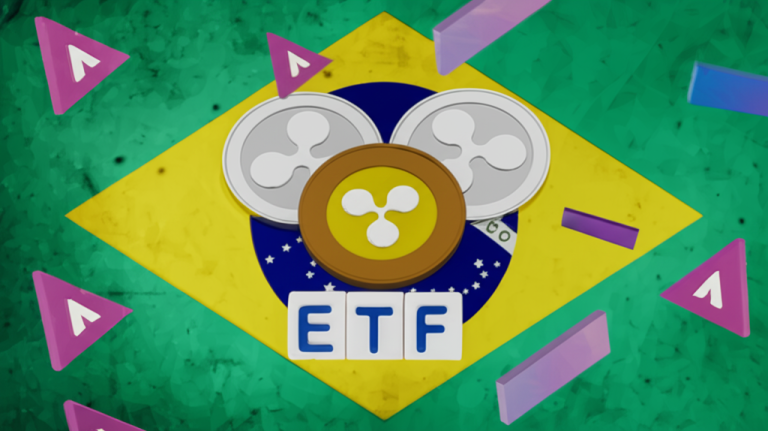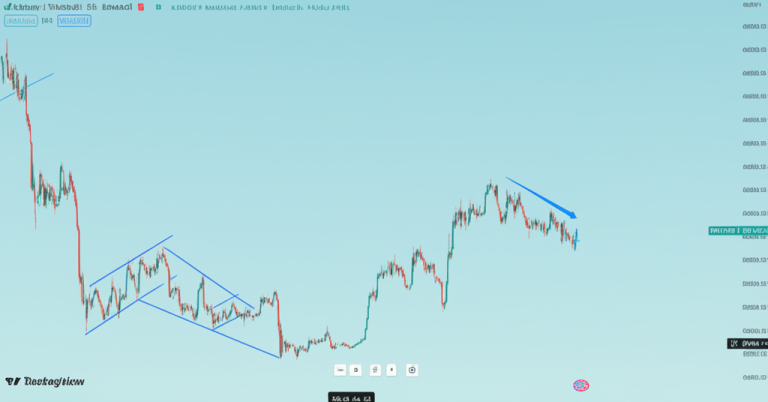Brazil Makes History with World’s First XRP Spot ETF: Will the U.S. Follow?
The Dawn of a New Era in Cryptocurrency Regulation
On April 25, 2025, Brazil’s financial market witnessed a historic moment with the launch of the world’s first XRP spot ETF (XRPH11) on the B3 stock exchange. Issued by Hashdex and managed by Genial Investimentos, this fund marks the first instance of institutional investors directly participating in the XRP market through traditional financial instruments. As the ninth cryptocurrency ETF approved in Brazil, following Bitcoin, Ethereum, and Solana, XRPH11 not only solidifies Brazil’s leadership in the digital asset space but also sparks speculation about potential U.S. market emulation.
Dissecting the XRPH11 Product Architecture
Underlying Assets and Tracking Mechanism
XRPH11 employs a hybrid strategy: at least 95% of its net assets track the Nasdaq XRP Reference Price Index through spot holdings, futures contracts, and other derivatives. This design maintains the price discovery function of the spot market while mitigating liquidity risks through derivatives.
Target Audience and Compliance Framework
The product is tailored for institutional and high-net-worth investors, adhering strictly to the Brazilian Securities and Exchange Commission (CVM) guidelines on information disclosure and investor suitability. Hashdex’s Chief Investment Officer, Samir Kerbage, emphasizes, “We have built a transparent product architecture that meets the regulatory sandbox standards.”
Why Brazil is the Testbed for Crypto ETFs
Policy Innovation Driving Market Evolution
Since approving Latin America’s first Bitcoin ETF in 2022, Brazil’s regulators have established a comprehensive compliance system, including anti-money laundering reviews and custodial audits. The successful launch of the Solana ETF in 2024 further validated its multi-chain compatibility.
Market Demand Driving Product Iteration
Data shows that the total size of existing crypto ETFs on the B3 exchange has surpassed $1 billion. XRPH11 fills the investment gap for payment protocol tokens, providing a compliant entry point for traditional financial institutions into the cross-border settlement ecosystem.
Potential Pathways for the U.S. Market
Core Conflicts in SEC Approval
While the Grayscale victory cleared legal hurdles for spot Bitcoin ETFs, the SEC remains cautious about non-BTC/ETH tokens. XRP’s unique situation, with a three-year securities lawsuit settled in 2023, may delay approval. The ambiguity surrounding XRP’s status could slow down the regulatory process.
Lessons from Early Movers
If XRPH11 demonstrates stable inflows and low volatility (similar to the previous performance of the Solana ETF), it could accelerate applications from giants like BlackRock. The deep involvement of the Nasdaq index system has already established a de facto standard.
Shaping a New Global Capital Flow Landscape
With Hong Kong and Australia launching crypto ETP product suites, a “South America-Asia” bipolar market structure is emerging. This decentralized market evolution may force the U.S. to abandon its “regulatory hegemony” mindset, as Coinbase International CEO notes: “When 90% of trading occurs overseas, excessive regulation only leads to technological outflow.”
Conclusion: From Financial Tools to Ecosystem Infrastructure Revolution
The significance of XRPH11 extends beyond a single investment product: it is an experiment in upgrading traditional finance to embrace blockchain settlement networks; a strategic pivot for emerging economies to compete for pricing power in the digital age; and a stress test for the compatibility of decentralized protocols with traditional regulatory frameworks. This silent financial revolution is reshaping the value exchange paradigm of the 21st century.
資料來源:
[3] cryptoslate.com
[4] beincrypto.com
[5] coinpedia.org
Powered By YOHO AI





